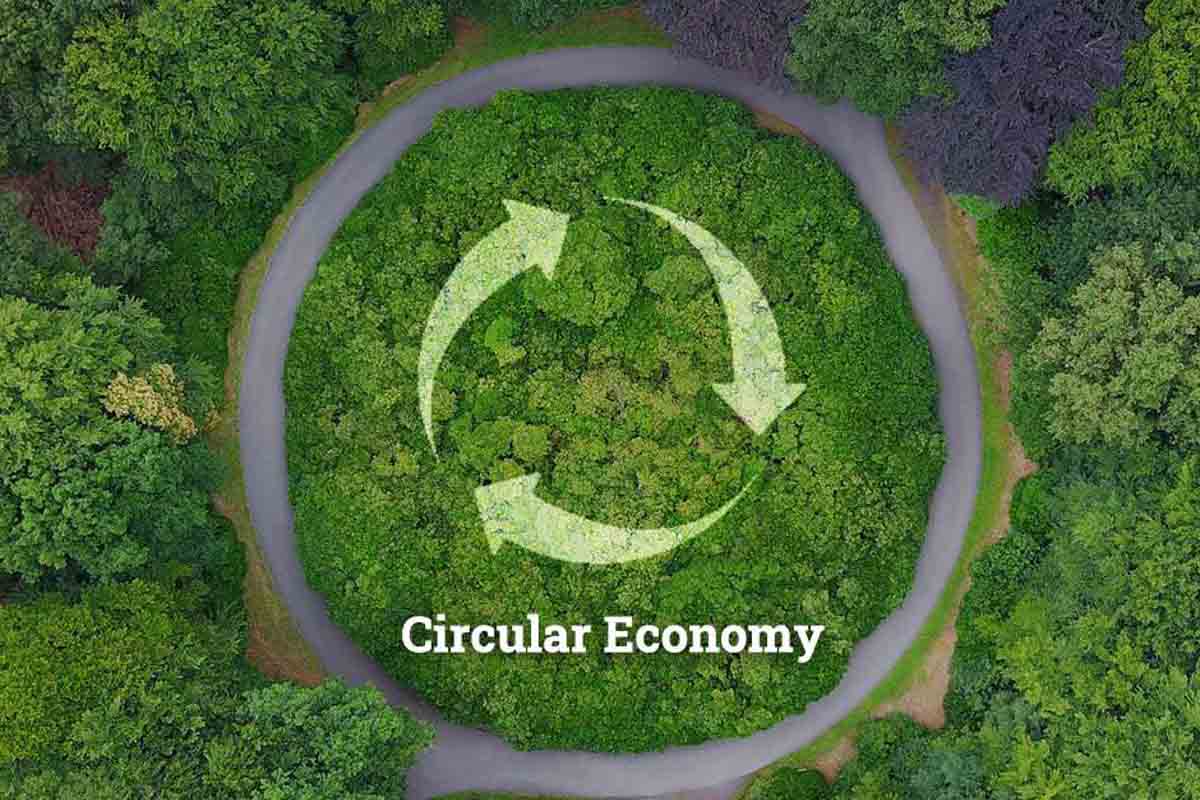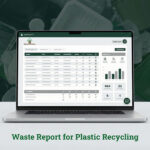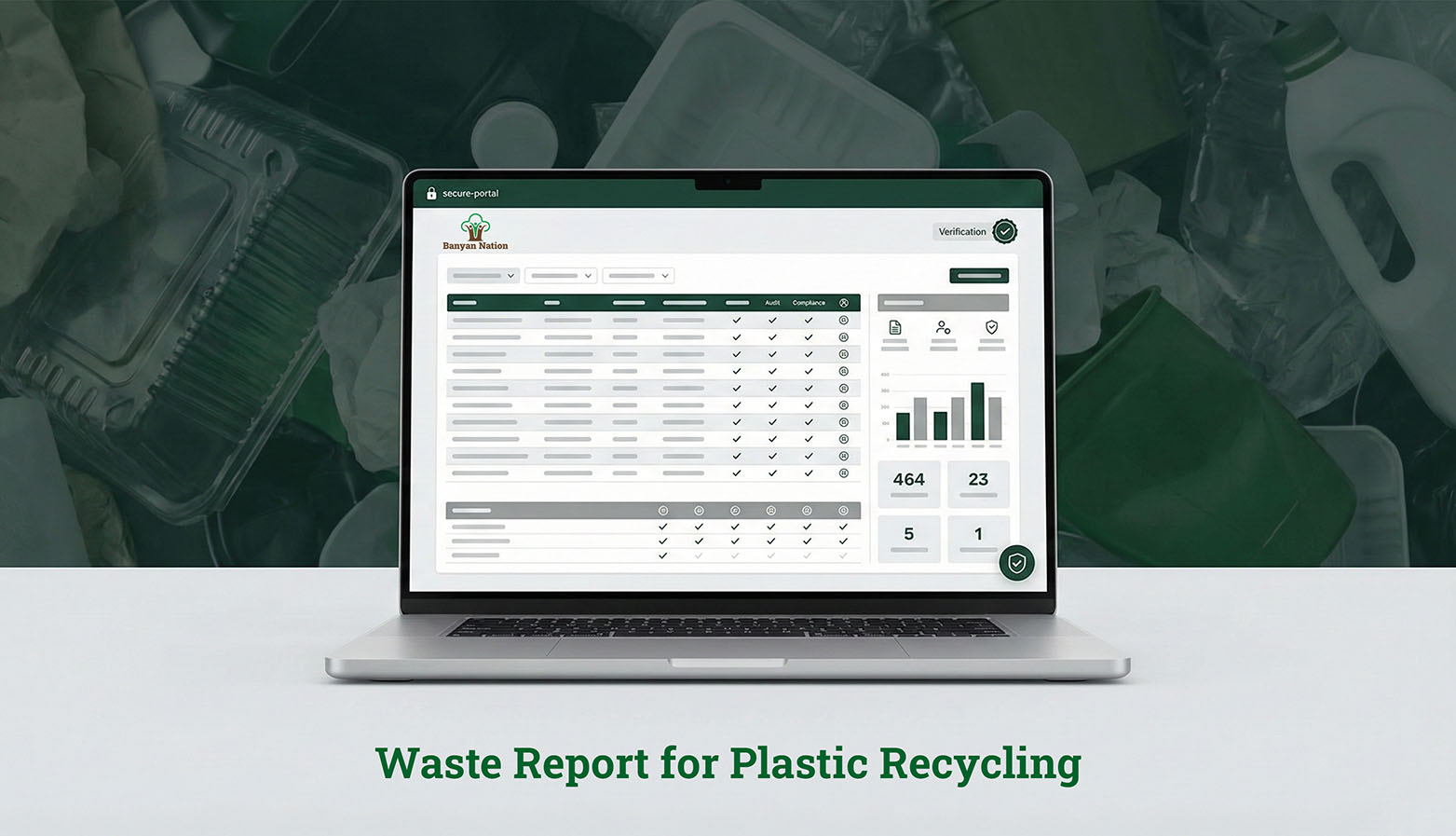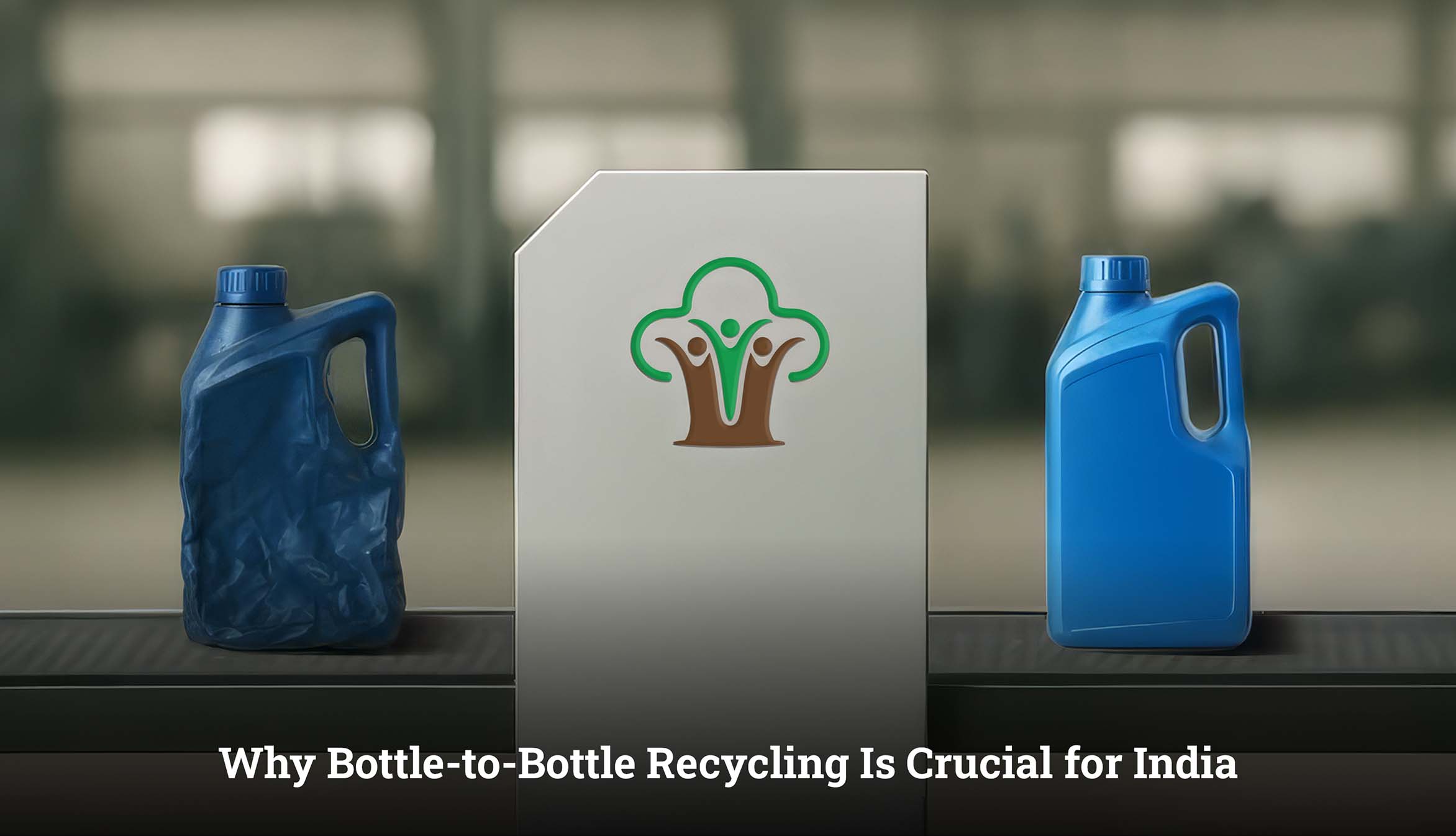Increasing scarcity of global resources and rising environmental concerns bring forth the transformative approach in producing, consuming, and disposing of goods offered by the circular economy. Moving away from the traditional linear model of “take-make-dispose,” a circular economy is looking forward to the design of products and systems making maximum use of resources for as long as possible. This model not only wastes less but also envisages waste as a resource to be reintegrated into the economy through recycling, reuse, and even regeneration.
It has a great value for the circular economy across sectors because it reduces the environmental impacts of production, fosters innovation, and creates resilient systems that benefit people as well as the planet. It looks at the whole lifecycle of materials to reduce carbon emissions and preserve biodiversity while using natural resources sustainably. As industries, governments, and consumers realize that sustainability is important, building the future in which economic growth goes hand in hand with environmental health requires the incorporation of circularity. Not only is this approach good to pursue but also inevitable if the long-term prosperity and resilience of an ever-evolving world are to be guaranteed.
What is Circular Economy?
The circular economy is a paradigm shift in the way we look at resources, products, and waste. While traditional economic models are defined by short product life cycles, the circular economy focuses on longevity, adaptability, and smart use of materials. It aims to decouple economic growth from resource extraction, creating a system in which resources are used to their full potential before being responsibly regenerated or reintegrated into new production cycles. Circular economy waste management focuses on designing systems that minimize waste by ensuring products and materials are reused, recycled, and remanufactured, extending their life cycle and reducing environmental impact.
This model is based on the shift in design and operations toward the creation of durable, easy-to-maintain, and adaptable products over time. For businesses, it means sustainable practices in sourcing secondary materials, designing for modularity and reuse, and consumers through sharing, leasing, and selecting products with longer life spans, keeping materials in circulation.
The benefits of the circular economy are as follows :
This approach brings forth environmental and economic benefits in the form of waste reduction, natural resource conservation, and a resilient economy. The circular economy encourages industries, governments, and individuals to build a future in which economic and ecological well-being go hand in hand by moving away from disposable, single-use goods. Through circular economy waste management, industries aim to treat waste as a valuable resource, reintegrating it into production cycles rather than letting it end up in landfills.
How does the Circular Economy Work?
A perfect circular economy is actually based on three basic principles:
- Design out waste and pollution The systems strive to minimize activities that cause harm to human health and the environment, such as greenhouse gas emissions and pollution. Products are made to last for long and to be reused, hence less wastage of resources.
- Keeping Products and Materials in Use By prioritizing durability, reuse, remanufacturing, and recycling, circular economies aim to keep materials in circulation for as long as possible, encouraging a diversified approach to material use rather than a single, disposable use.
- Regenerating natural systems Circular economies do not rely on fossil fuels, and they focus on renewable energy sources while returning valuable nutrients to ecosystems. This way, nourishing the soil and restoring biodiversity will help improve and sustain environmental health.
What are the Advantages of Circular Economy ?
Prominent benefits of the circular economy concept implementation seen globally:
- Reduced Waste
- Resource Conservation
- Lower Carbon Emission
This concept of circular economy brings in several advantages, not just environmental but also economic and social. From an environmental standpoint, it helps minimize waste and pollution and cuts down greenhouse gas emissions. By expanding the life of products and using renewable resources, the circular economy is preserving our natural resources, which reduces climate change and biodiversity loss.
This gives the circular economy new chances at growth and job creation besides saving costs. It is opening up new markets in the repair services, resale, and recycling industries; it offers diverse employment and economic resilience. For example, the circular approach saves on costs as companies reuse material, thus avoiding the flux and dependency associated with sourcing new, often imported resources. The need to innovate and create sustainable products is pushing industry toward cutting-edge, ecologically friendly technologies, causing advancements in material science and manufacturing processes.
The social benefits of a circular economy mean no less compelling. Cleaner pollution leads to healthier communities, and products designed to last bring long-term value to the consumer. Circular businesses typically have brand reputation and customer loyalty advantages because the environmentally conscious consumer is more likely to seek out businesses that align with their values. They also build a stronger supply chain that is less vulnerable to resource scarcity and regulatory change through their focus on sustainability.
Why is the circular economy important in business ?
In business, using circular methods is not just eco-friendly; it’s a strategic plus. The circular economy meaning in business is rooted in adopting sustainable practices that not only enhance a company’s reputation but also foster long-term customer loyalty. This attracts customers who rank sustainability highly. This ‘green’ mindset is a force for earning customer trust, making a brand stand out in a tough market. Circular practices mean cash savings too. Adopting a circular economy business model not only enhances operational efficiency but also positions companies as leaders in sustainability and innovation. Companies use resources wisely and cut back on waste to save big on costs. Efficient resource use and waste reduction lead to cheaper operational costs. Companies can adapt better to changes in the availability and price of raw materials. In light of tighter environmental regulations around the globe, a circular approach ensures companies meet legal standards. In short, being a ‘circular business’ catches people’s attention. Understanding circular economy meaning allows businesses to recognize the financial and operational benefits of resource efficiency and waste reduction. It aligns a company’s agenda with sustainable aims, which people and stakeholders today value. A circular economy business model encourages businesses to rethink their processes and product life cycles, promoting resource efficiency and reducing waste. Businesses embracing these principles early will be seen as pioneers in a future green market.
Example of circular economy
Perhaps one of the most compelling circular economy examples is in recycling of plastics. Banyan Nation collects post-consumer plastic waste and processes it into high-quality recycled resins, then sells those resins to manufacturers that create new products. This closed-loop system keeps plastic out of the landfill and the environment, making less of a demand on virgin plastics. It creates a practical and impactful solution for plastic waste, turning it into valuable resources that re-enter the economy.
The fashion industry serves as one of the circular economy examples, embracing circular practices in its operations. Patagonia and Eileen Fisher offer repair services and promote sales through second-hand, which keeps the life cycle of the clothing item longer. Therefore, moving from fast fashion to one that emphasizes quality, durability, and resale has proven helpful in waste reduction by such companies and indicates that even high-consumption industries can focus on sustainability quite effectively.
What is the Role of Circular Economy in Waste Management?
Waste management forms the core of the circular economy, as it eradicates the concept of “end-of-life.” The circular model encourages continuous resource cycling, converting potential waste into a valuable input for new products. For example, in a circular economy, effective waste management would focus on minimizing landfill waste, preserving natural resources, and maximizing material use through recycling.
This helps in pollution reduction because lesser dependence on landfills means lesser environmental pollutants and less degradation of soil and water. Circular waste management practices lead to healthier communities, whereas efficient recycling processes conserve energy and resources, reducing the environmental footprint of manufacturing. With the circular economy, waste management is no longer about disposal; it’s about resource recovery and regeneration.
Conclusion
The circular economy is a smart answer to our urgent environmental and economic issues. It changes the way we make, use, and get rid of products. This idea leads us towards a more sustainable, strong, and thriving future. In this setup, waste turns into a useful resource, we save limited resources, and industries follow the idea of caring for the environment and society. Globally, the circular economy is picking up interest. Businesses, buyers, and policy makers can help push this change. Enterprises that use this practice can spark new ideas, cut costs, and boost customer trust. Meanwhile, consumers can decide to support a lasting economy. The circular economy isn’t just about imagining a purer, eco-friendly world—it’s a feasible, achievable plan that asks all of us to help make a sturdy, green future.
FAQ's
What role does recycling play in the circular economy?
A primary principle of the circular economy is the recycling of materials, ensuring that they never go to waste but keep circulating through the economic system. Recycling means materials recovered from consumption are reprocessed and then fed into the production chain, so natural resources are conserved, pollution minimized, and greenhouse gas emissions stemming from raw material extraction and production are reduced.
Can the circular economy be applied to all industries?
This approach can be adopted in nearly every industry; however, the type of strategies and practices are different across sectors. Sectors like fashion, electronics, automobile, and food can employ circular economy principles by product design with durability, enabling reuse; take-back programs; and use of sustainable materials. Even though some challenges persist, potential savings from costs, effective use of resources, and high sustainability make it possible to adopt for various industries.
What are the challenges of implementing the circular economy in waste management?
The challenges in implementation are Infrastructure, Consumer Behavior, Regulatory Framework, Collaboration, Market Demand etc. These are the challenges that need to be addressed for the seamless integration of circular practices within waste management systems.
What is a simple example of a circular economy?
The most basic form of a circular economy could be a plastic water bottle. A company will not make new plastic from fossil fuel but instead take the plastic waste and recycle it into a new bottle. After use, it will be collected, recycled, and used in other things like clothes or packaging and then returned to its circulation. Therefore, the quantity of waste will be reduced and resources conserved.
What is the difference between sustainability and a circular economy?
A word like sustainability, which encompasses activities towards the satisfaction of the needs of the present without harmful impact on the next generation in meeting their needs, has two broad social, environmental, and economic aspects. Circularity in economy, on the other hand, comes under the umbrella of sustainability as defined and goes more directly to talk about designing and making closed-loop materials used and used once, then recycled. While sustainability concentrates on responsible use of resources and the reduction of harm to the environment, a circular economy offers a more practical action by reusing how the product is designed, used, and disposed of. Understanding circular economy meaning is essential for grasping how recycling, resource efficiency, and sustainable design can work together to minimize waste and maximize resource use.


 Why Soft Plastics Are Problematic & Hard to Recycle
Why Soft Plastics Are Problematic & Hard to Recycle What Is Waste Reporting and Why Does It Matter in Plastic Recycling?
What Is Waste Reporting and Why Does It Matter in Plastic Recycling? What Is Bottle-to-Bottle Recycling? Why It Matters for India
What Is Bottle-to-Bottle Recycling? Why It Matters for India The Role of CSR (Corporate Social Responsibility) in Waste Management
The Role of CSR (Corporate Social Responsibility) in Waste Management What is Takeback Program & Their Role in Building a Circular Economy
What is Takeback Program & Their Role in Building a Circular Economy

